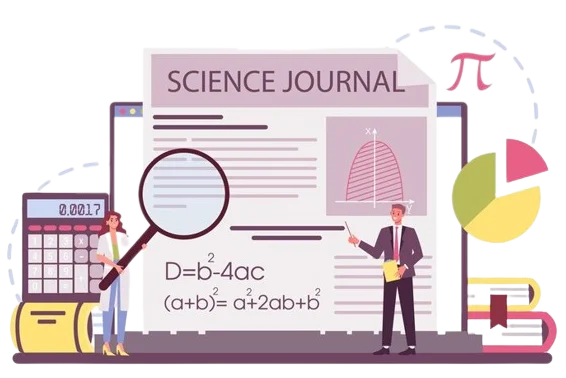The reputation of a journal is calculated by journal abstracting and indexing services which is highly essential for the success of a
scientific journal. Each and every journal indexing platform has its own set of guidelines to choose a right journal for indexing.
SCOPUS, the largest leading indexing platform provides perceptions for scientific literatures and peer reviewed journals. It is a comprehensive database with high rankings and quality indexing journals. Indexing databases is important to make the scientific research work to reach a wide range of audiences such as readers, authors, librarians,
scholars, educators etc,. SCOPUS indexed journals increase the chances of citation of the manuscript with improved academic standing and performances where many indexing journals also provide citation counts and article metrics.
Content coverage plays a vital role in selection of research titles. The major research content in SCOPUS comes from journals that offer various physical factors including electronics, prints and more. The publications with ISSN number are highly recommended for SCOPUS reviews, secondary resources or patent publications.
SCOPUS accepts nearly 200 journals and is under process to add the journals in SCOPUS indexed journal lists at the end of August 2022. The journals which come under SCOPUS index are reviewed with high quality checks based on the four numerical measures such as Source Normalized Impact per Paper(SNIP), h-index, SCImago Journal Rank(SJR) and CiteScore.
Journal indexing is considered the biggest approach. Journal publishers which are indexed in SCOPUS have a lot of benefits such as publication reputation, article-level metrics system, wide visibility of journal contents etc. Researchers must be aware and give priority to outstanding publications which are published in indexed journals.




